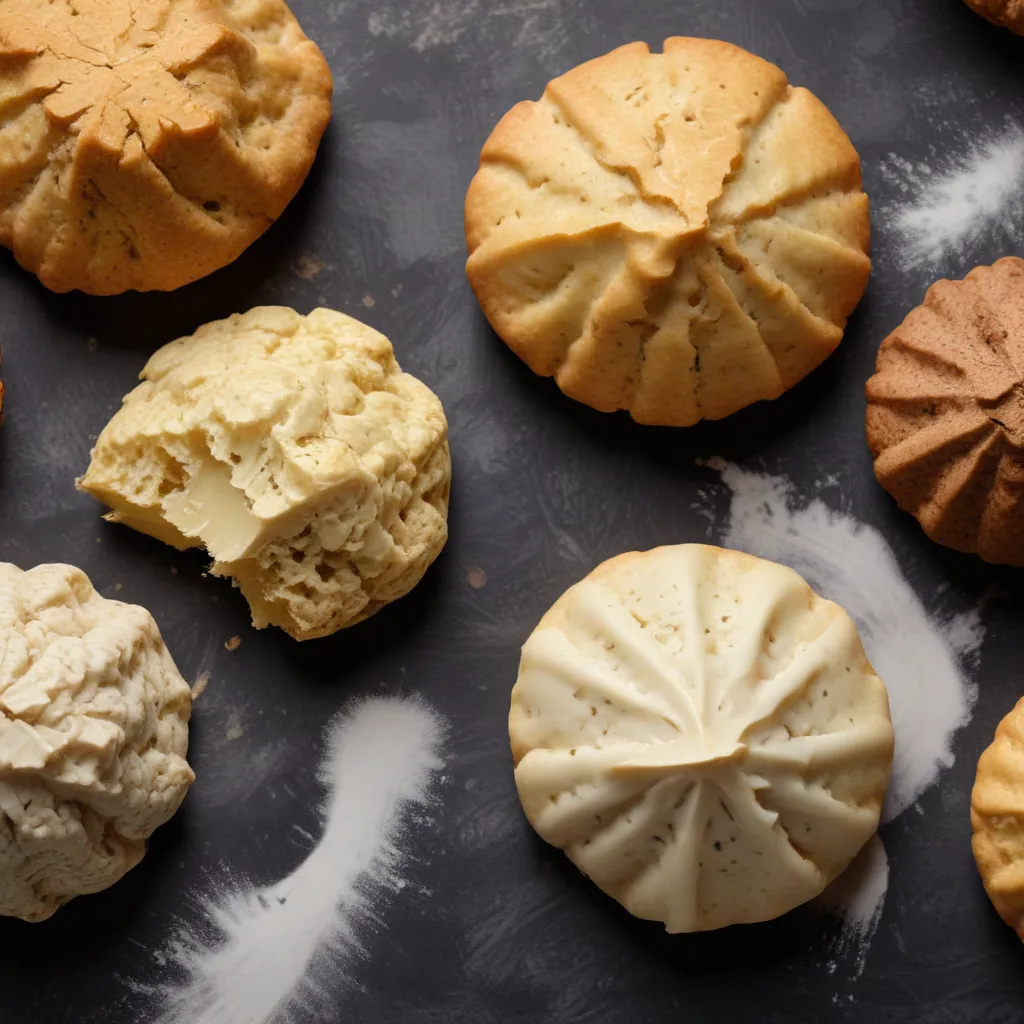
Discussing the profound impact that climate and weather patterns have on the flavor and quality of wine is akin to unraveling the mysteries of the natural world. From the sun-drenched vineyards of California to the wind-swept slopes of Burgundy, each vintage tells a story of the season’s unique character, shaping the wines we so passionately savor.
At the Wine Garden Inn, we are endlessly fascinated by these vintage variations and how they translate into the culinary delights gracing our tables. By understanding the intricate relationship between weather, soil, and viticultural practices, we can better appreciate the nuanced flavor profiles that make each bottle a unique work of art.
Climatic Influences on Flavor
The journey of a wine’s flavor begins long before it reaches the cellar or the glass. It is the weather patterns — the ebb and flow of temperature, precipitation, and seasonal shifts — that lay the foundation for a vintage’s distinct characteristics.
Temperature Patterns
Temperature is perhaps the most pivotal climatic factor, exerting a profound influence on grape development and ultimately, the wine’s flavor profile. Cooler growing seasons, marked by moderate daytime temperatures and cool nights, tend to produce wines with crisp acidity, delicate aromas, and a more restrained expression of fruit. Think of the elegant Pinot Noirs from the Willamette Valley or the steely Rieslings of the Mosel region.
In contrast, warmer climates like those found in Napa or Tuscany yield wines with riper fruit flavors, softer acidity, and a more robust, full-bodied structure. The extended heat accumulation allows for greater sugar accumulation and the development of more complex aromatic compounds.
Interestingly, the diurnal temperature range — the difference between daytime and nighttime temperatures — also plays a crucial role. A wider diurnal range, common in cooler regions, can enhance a wine’s aromatic profile and acid retention, while narrower ranges in warmer areas may result in a more muted, jammy character.
Precipitation Levels
The amount and timing of rainfall throughout the growing season can significantly impact grape maturity, disease pressure, and ultimately, the wine’s flavor. Periods of drought, such as those experienced in parts of California, can stress the vines, leading to concentrated flavors and higher tannin levels. Conversely, excessive rainfall, especially during the critical ripening period, can dilute the grapes, resulting in a more dilute, watery character in the finished wine.
Seasonal Shifts
The timing and pace of seasonal transitions also shape a vintage’s flavor profile. A warm, early spring can trigger earlier bud break and flowering, potentially exposing the vines to late frost events. Sudden heat spikes during the summer can accelerate ripening, leading to imbalanced sugar and acid levels. Likewise, a cool, wet autumn can delay harvest, compromising flavor development and heightening disease pressure.
Soil Composition and Terroir
While climate sets the stage, the underlying soil composition and terroir play a pivotal role in determining a wine’s distinctive character. The mineral content, pH balance, and drainage characteristics of the soil all interact with the vines, imparting subtle nuances that distinguish one wine from another.
Wines grown in soils rich in limestone, for example, often exhibit a distinctive minerality and crisp acidity, as seen in the Chardonnays of Chablis. Conversely, vineyards planted in well-drained, sandy soils may produce wines with a more delicate, elegant profile, as found in the Pinot Noirs of Burgundy.
The concept of terroir, which encompasses the integrated effects of climate, soil, and topography, is a cornerstone of the wine world. It is this unique sense of place that lends each wine its signature personality, making it a reflection of the land from which it was born.
Viticultural Practices
While Mother Nature sets the stage, the skilled hands of the vintner play a crucial role in shaping a wine’s flavor profile. Thoughtful canopy management, precise irrigation techniques, and meticulous harvesting methods all contribute to the final result in the bottle.
Canopy management, for instance, can influence the grapes’ exposure to sunlight, impacting the development of tannins, aromas, and flavor compounds. In cooler regions, a more open canopy allows for greater sunlight penetration, enhancing ripeness, while in warmer climates, a denser canopy can provide critical shade, preserving acidity and freshness.
The judicious use of irrigation, or the strategic withholding of water, can also fine-tune a wine’s character. Moderate water stress can concentrate flavors and tannins, while generous irrigation can lead to a more lush, expansive profile.
The timing and methods of harvest are equally important, as they determine the grapes’ maturity levels and the balance between sugar, acid, and phenolic compounds. A vintage with an early harvest, for instance, may produce wines with a more vibrant, high-toned character, while a later harvest could result in a richer, more opulent style.
Flavor Profiles and Wine Styles
The interplay of climate, soil, and viticultural practices culminates in the diverse array of flavor profiles and wine styles that grace our tables. From the delicate, floral Rieslings of the Mosel to the powerful, fruit-forward Cabernet Sauvignons of Napa, each vintage tells a unique story of the season’s character.
The aromatic complexity of a wine can range from the subtle, mineral-driven notes of a Chablis to the bold, spice-driven aromas of a Syrah. Structural balance, too, can vary greatly, with some wines showcasing a vibrant, mouthwatering acidity, while others boast a plush, velvety tannin structure.
These regional distinctions are not merely academic; they are the very essence of what makes the world of wine so endlessly fascinating. By understanding the interplay of climate, soil, and viticultural practices, we gain a deeper appreciation for the art of winemaking and the unique stories that each vintage has to tell.
At the Wine Garden Inn, we are dedicated to celebrating these vintage variations, curating a menu that pays homage to the natural world’s ever-evolving dance. Whether you’re savoring a crisp, mineral-driven white or a lush, structured red, each sip is a portal to a specific time and place, inviting you to explore the bountiful tapestry of the wine universe.
